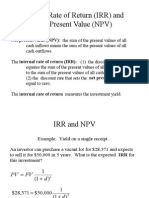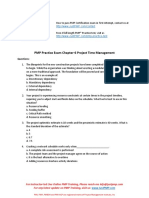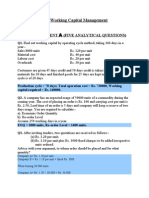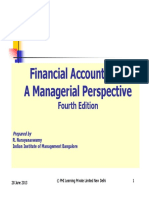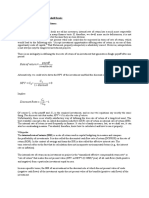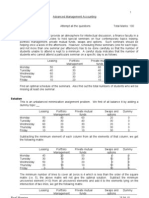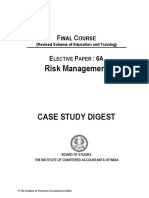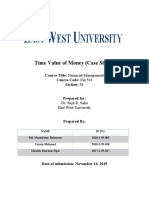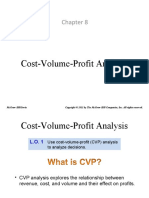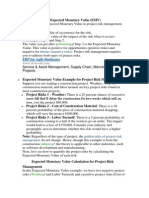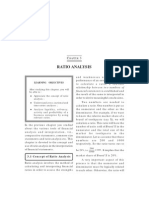100% found this document useful (1 vote)
592 views34 pagesDecision Tree Questions.
This document provides explanations for 14 questions related to expected monetary value and decision trees. The questions cover calculating EMV for risks with given probabilities and impacts, comparing EMV to net present value, using decision trees to determine the EMV of choices, and applying EMV analysis to make project decisions. Correct answers are identified and explanations are provided for how to calculate EMV in each scenario. The key aspects covered are how to determine probability, impact, and EMV as the probability times impact for both positive and negative risk outcomes.
Uploaded by
Aamir AwanCopyright
© © All Rights Reserved
We take content rights seriously. If you suspect this is your content, claim it here.
Available Formats
Download as PPTX, PDF, TXT or read online on Scribd
100% found this document useful (1 vote)
592 views34 pagesDecision Tree Questions.
This document provides explanations for 14 questions related to expected monetary value and decision trees. The questions cover calculating EMV for risks with given probabilities and impacts, comparing EMV to net present value, using decision trees to determine the EMV of choices, and applying EMV analysis to make project decisions. Correct answers are identified and explanations are provided for how to calculate EMV in each scenario. The key aspects covered are how to determine probability, impact, and EMV as the probability times impact for both positive and negative risk outcomes.
Uploaded by
Aamir AwanCopyright
© © All Rights Reserved
We take content rights seriously. If you suspect this is your content, claim it here.
Available Formats
Download as PPTX, PDF, TXT or read online on Scribd
/ 34




